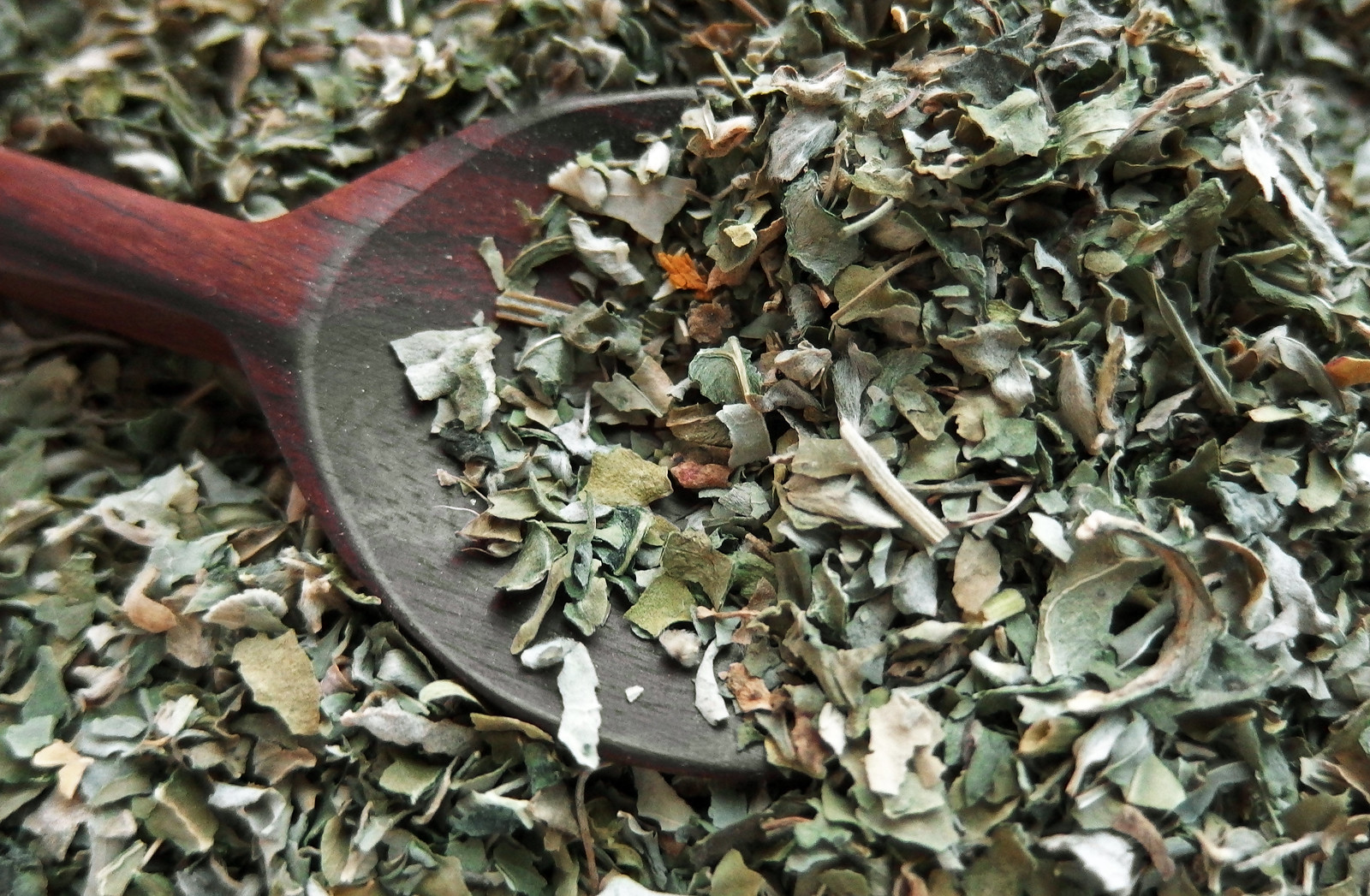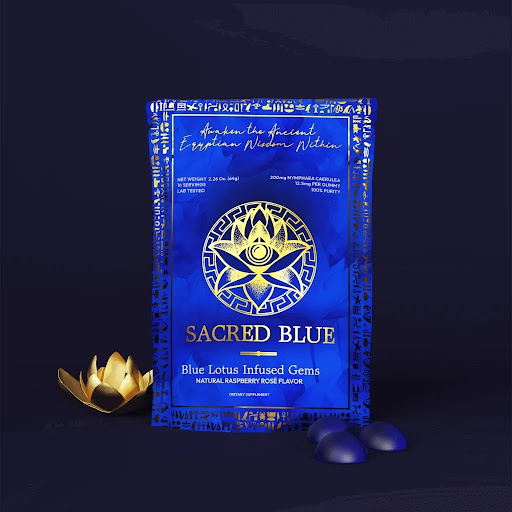The Ancient Super Foenegriek Herb with Modern-Day Benefits

Introduction: What is Foenegriek, Anyway?
Let’s get one thing straight: “Foenegriek” may sound exotic or unfamiliar, but it’s actually something you might already have in your kitchen. Known in English as fenugreek, this small, golden-brown seed has been making waves for centuries — from ancient Egypt to modern wellness circles. It’s not just a spice or a supplement. It’s a powerhouse herb with applications that span culinary traditions, traditional medicine, and even modern pharmaceuticals.
Foenegriek comes from the plant Trigonella foenum-graecum, and its seeds, leaves, and even sprouts have various uses. It’s commonly found in South Asian, Middle Eastern, and Mediterranean dishes. But over time, its reputation has shifted from the kitchen to the clinic — and even the gym.
What makes foenegriek so special? Why is it suddenly popping up in everything from protein powders to hormone-balancing teas? In this deep-dive article, we’ll unpack its history, benefits, uses, risks, and how to incorporate it into your lifestyle — all backed with a casual, expert-driven tone that makes learning about this herb actually fun.
The Historical Roots of Foenegriek: From Ancient Medicine to Modern Science
The story of foenegriek begins thousands of years ago. It’s one of the oldest medicinal plants known to humanity. References to its use date back to ancient Egypt, where it was employed in embalming processes and digestive treatments. Egyptian papyrus scrolls from 1500 BCE list it as a plant of value. It even made its way into Greek and Roman medicine.
In India, foenegriek is a staple of Ayurvedic medicine, where it’s used for digestive problems, blood sugar regulation, and even sexual health. Traditional Chinese medicine also valued foenegriek for its warming properties and its ability to stimulate energy (known as “Qi”).
So how did an herb so ancient remain relevant today? Simple — because it works. While ancient people didn’t have labs or randomized trials, their observations laid the groundwork. Now, science is catching up. Modern studies are confirming what many cultures have known intuitively for centuries: foenegriek has legitimate therapeutic potential.
Even the name “foenegriek” — derived from the Latin for “Greek hay” — hints at its historical role as livestock fodder. But don’t let that fool you. What was once hay is now hailed as a holistic healer.
Nutritional Composition: Why Foenegriek is More Than Just a Spice
Let’s take a closer look at what’s actually inside foenegriek seeds. Spoiler alert: they’re nutritionally dense.
Vitamins and Minerals Galore
Foenegriek is packed with essential vitamins like vitamin A, C, and several B-complex vitamins. It’s also rich in minerals such as iron, calcium, magnesium, and potassium. These micronutrients are foundational to everything from energy production to immune support.
Fiber and Protein Content
What makes foenegriek particularly unique is its high fiber content. The seeds contain a soluble fiber called galactomannan, which helps regulate digestion and glucose absorption. Plus, the protein content is pretty solid, making it a favorite among vegetarians and vegans.
Unique Phytochemicals
Foenegriek contains saponins, flavonoids, and alkaloids — plant compounds that provide anti-inflammatory, antioxidant, and even hormone-modulating effects. One of its standout compounds is 4-hydroxyisoleucine, an amino acid that’s been studied for its role in insulin regulation.
In short, this little seed is a nutrient-dense bomb. It’s not just “filler” in your spice rack — it’s functional.
Health Benefits of Foenegriek: Backed by Science
Foenegriek isn’t just some old wives’ tale in a bottle. Scientific research continues to support its use for a variety of health benefits.
1. Blood Sugar and Diabetes Control
Several studies show that foenegriek helps lower blood sugar levels. Its high fiber content slows carbohydrate absorption, and compounds like 4-hydroxyisoleucine help stimulate insulin secretion.
In fact, research has found that type 2 diabetes patients who consumed foenegriek daily saw improved glucose tolerance and lower fasting blood sugar. If you’re looking for a natural supplement to support blood sugar levels, this is one to consider — with your doctor’s guidance, of course.
2. Hormonal Balance and Libido Enhancement
Foenegriek is often marketed as a libido booster, and the science is promising. A study published in Phytotherapy Research found that men who took foenegriek extract experienced increased testosterone levels and improved sexual performance.
But it’s not just for men. Women have used foenegriek for hormonal balance, especially for easing symptoms of menopause and PMS. Its phytoestrogens — plant-based estrogens — can help bring things back into balance when the body is fluctuating.
3. Lactation Support in New Mothers
For centuries, foenegriek has been used by breastfeeding mothers to increase milk production. It’s considered a galactagogue — a substance that boosts milk supply. Anecdotal evidence has been supported by some small studies, though results vary. Many lactation consultants recommend trying it if milk supply is low.
4. Weight Management and Appetite Control
The fiber in foenegriek can also help curb appetite. It expands in the stomach and slows digestion, leading to feelings of fullness. Some research shows that individuals who consumed foenegriek before meals reported reduced hunger and calorie intake.
So whether you’re aiming to manage weight or prevent overeating, foenegriek could be a natural tool in your arsenal.
Culinary Uses: Adding Foenegriek to Your Diet
Sure, you can pop a supplement, but why not enjoy the flavor too? Foenegriek adds a rich, slightly bitter taste — like burnt sugar mixed with celery. Used correctly, it enhances dishes with an earthy warmth.
Cooking with Seeds
Toasting the seeds before grinding them helps mellow their bitterness. Ground foenegriek is a staple in Indian spice blends like curry powders and masalas. It’s also a key ingredient in Ethiopian berbere spice mix.
Try adding a pinch to lentil stews, slow-cooked meats, or sautéed greens. It pairs especially well with garlic, cumin, and coriander.
Using the Leaves (Methi)
Fresh or dried foenegriek leaves — known as methi in Indian cuisine — are a treasure. They’re slightly sweet and herbaceous. Use them like you would spinach or parsley. Add them to flatbreads, rice dishes, and creamy sauces.
Sprouts and Teas
Foenegriek seeds can also be sprouted, giving you a crunchy, nutritious addition to salads and sandwiches. Alternatively, you can steep the seeds in hot water to make a mild herbal tea. Add a squeeze of lemon and a touch of honey for a refreshing health tonic.
Foenegriek in Supplement Form: Pros and Cons
If you’re not into the taste or just want a concentrated dose, supplements are another route. But it’s important to know what you’re getting.
Capsules, Powders, and Extracts
Foenegriek supplements come in various forms. Capsules are convenient and easy to dose. Powders offer more flexibility, letting you blend them into smoothies or food. Extracts — often labeled as “standardized” — offer potent, concentrated versions.
Look for high-quality, third-party-tested brands that disclose their source and concentration.
Pros of Supplementation
- Precise dosage
- No cooking needed
- Easy to stack with other supplements
Potential Cons
- Some people experience body odor that smells like maple syrup — odd but harmless
- Digestive discomfort (especially if taken in high doses)
- May interact with medications, especially blood thinners and diabetes drugs
Always consult with a healthcare provider before starting any new supplement — even one that’s natural.
Side Effects and Precautions: What You Need to Know
Foenegriek is generally considered safe when used in moderation, but like any supplement or herb, it’s not without its risks.
Potential Side Effects
- Gastrointestinal Issues: Some people report bloating, gas, or diarrhea.
- Allergic Reactions: Rare, but possible — especially in people allergic to peanuts or chickpeas (both legumes like foenegriek).
- Maple Syrup Odor: This side effect, while weird, is well-documented. It’s caused by sotolon, a compound in the seeds.
Not for Everyone
Pregnant women should avoid high doses of foenegriek, as it may stimulate uterine contractions. People on medications for blood pressure, blood sugar, or blood thinning should consult a doctor before use.
Remember: “natural” doesn’t always mean “risk-free.” Respect the plant, and it’ll respect you.
How to Start Using Foenegriek: Tips for Beginners
If you’re new to foenegriek, ease into it. Here’s a quick-start guide:
- Try the Tea: Start with 1 teaspoon of seeds steeped in hot water.
- Cook with the Powder: Add a pinch to stews or curries.
- Sprout the Seeds: Add to your salad routine.
- Use a Capsule: Follow the dosage on the label (usually 500–1,000 mg/day).
- Monitor How You Feel: Track energy levels, appetite, digestion, etc.
Foenegriek is versatile, which means you can experiment until you find what works best for you.
Final Thoughts: Is Foenegriek Worth the Hype?
Foenegriek isn’t a miracle cure, but it’s a well-rounded herb with serious potential. Whether you’re looking to balance hormones, regulate blood sugar, improve digestion, or simply spice up your food, foenegriek is worth a spot in your wellness routine.




